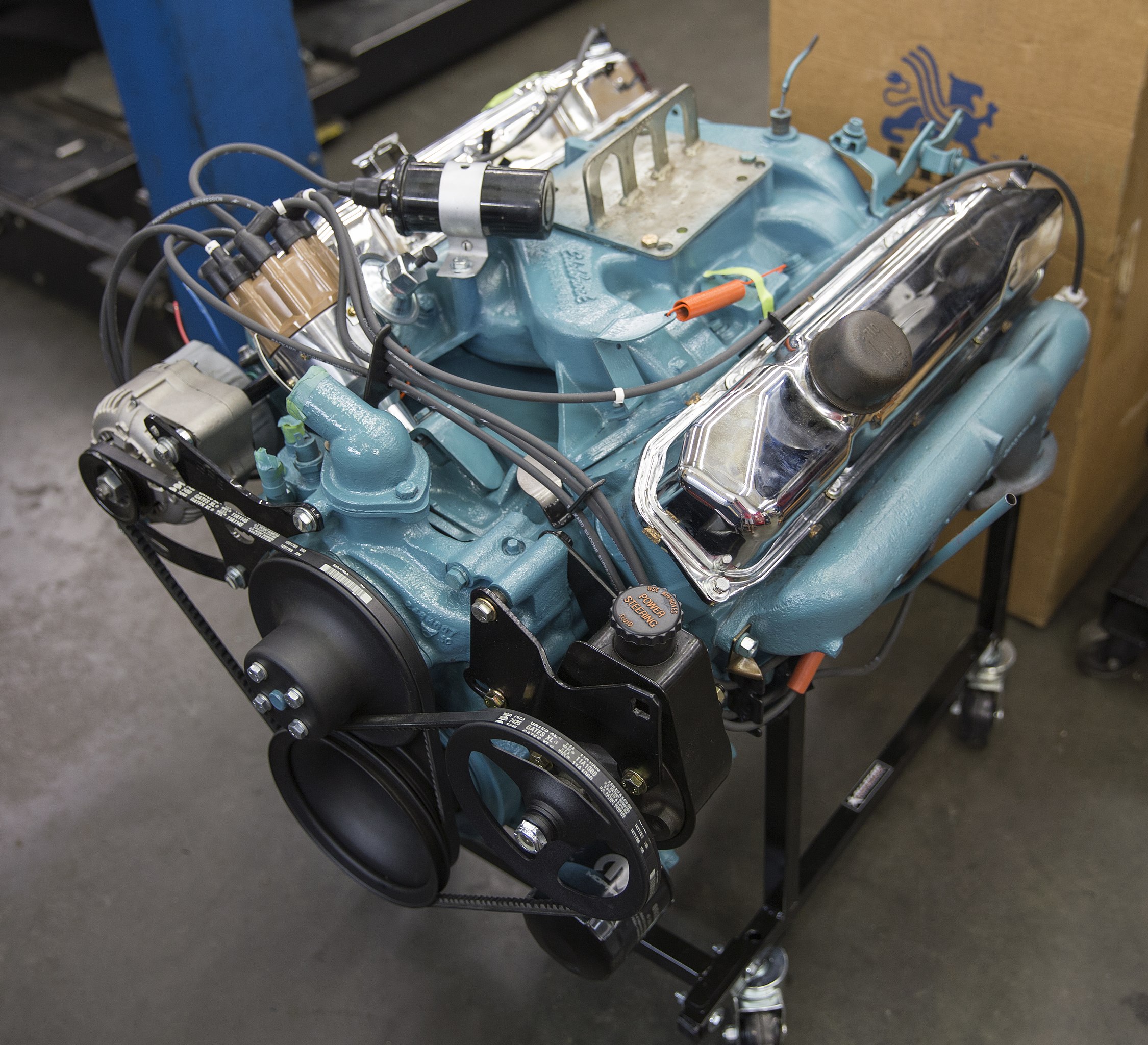Charlie71rt
Member
What makes a 1971 383 magnum different from any other 383
I am sure Chrysler was disappointed that the hp differences were minimal
I believe there was 3 versions of the 383. You could choose a 383 with 2 bbl. carb and single exhaust. HP was 280 at its highest level.Not sure about 71, but in earlier years there were two versions of the 383. Mine is a 69. I'm sure there are some differences in internals, but there is only 5 hp difference. 330 hp and 335 hp. I have the 330 hp version and it has a four speed and factory air. I am sure Chrysler was disappointed that the hp differences were minimal
yes. 383 was used in a lot of vehicles including those big Chryslers.I believe there was 3 versions of the 383. You could choose a 383 with 2 bbl. carb and single exhaust. HP was 280 at its highest level.
Understand. I had read that sometime back, can't remember exactly where, that they felt there would be more of a difference between the two. If I can find I will post a linkProbably not. Why would they be disappointed with something they designed ? That's the way they wanted it. The mind set of the time was sales. Even in the late 60's early 70's there was a considerable portion of the population that was resistant to high performance culture. Our parents and grandparents. Having both 383 and 440 4bbl engines AND 383, 440 Magnums, you can create a sales distinction. So a 440 in a C body or a 383 in an air conditioned Coronet appeals to a guy who wants to tow a boat and not go to the dragstrip.


Sorry, man...the 383 and 440 all used the same heads and 4 barrel intakes on the Magnum engines as they did on the NON Magnum.Cylinder heads, camshaft, intake and exhaust manifolds are the differences.
Not sure about 71, but in earlier years there were two versions of the 383. Mine is a 69. I'm sure there are some differences in internals, but there is only 5 hp difference. 330 hp and 335 hp. I have the 330 hp version and it has a four speed and factory air. I am sure Chrysler was disappointed that the hp differences were minimal
Not sure. I’d guess a good bit less.What about torque?
